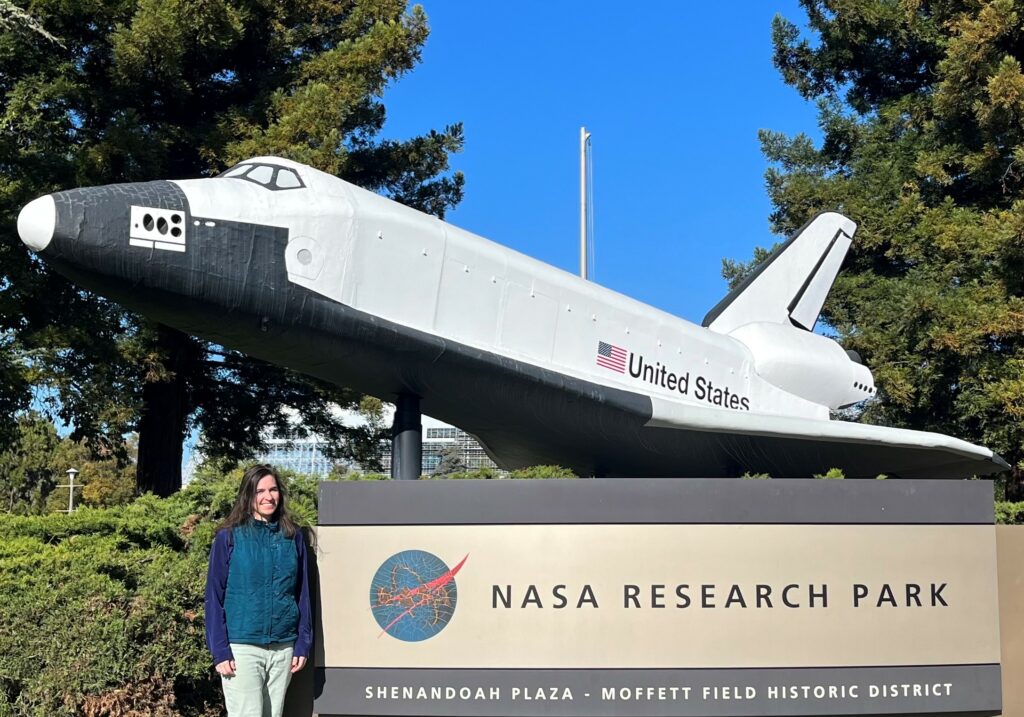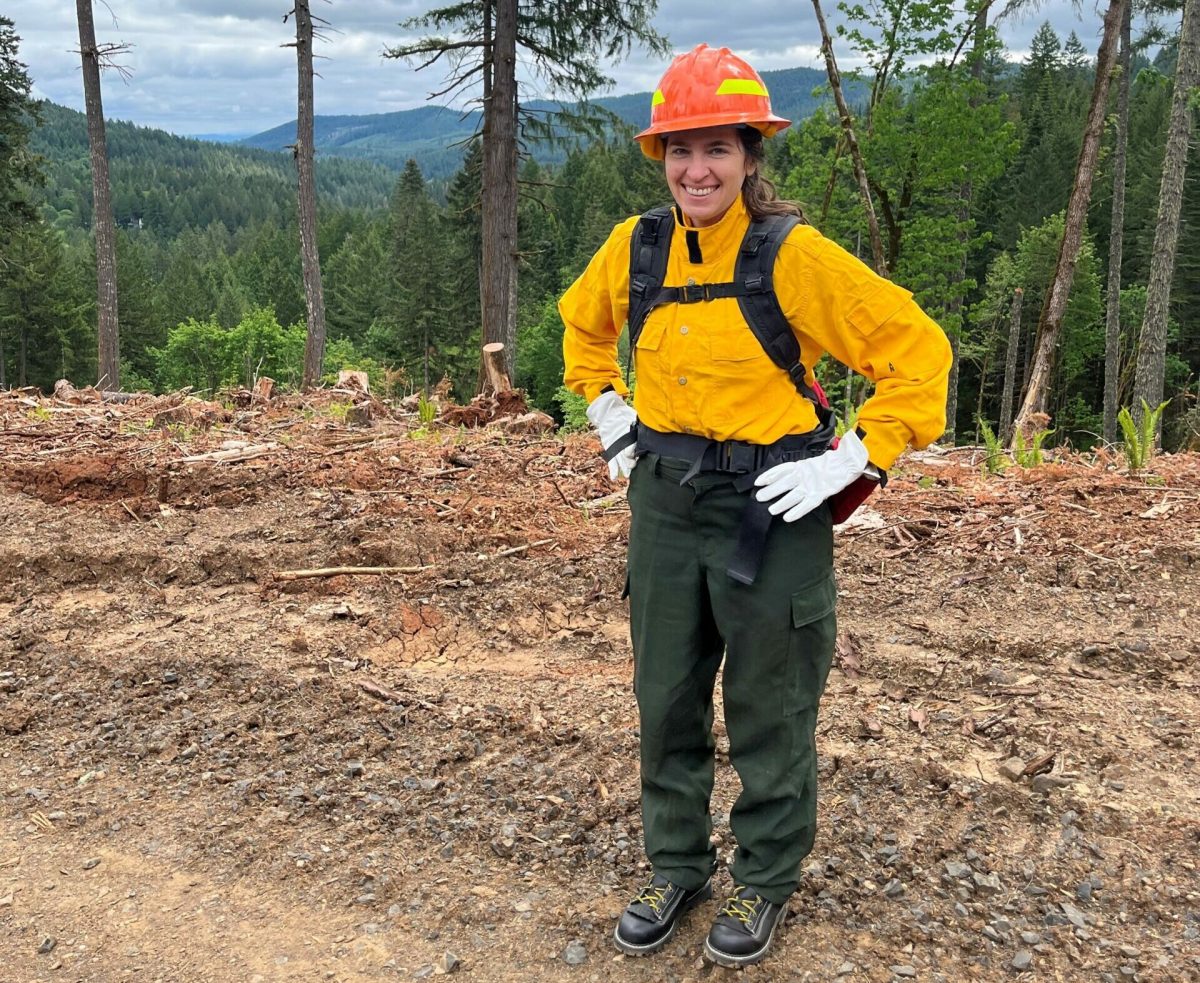Former intern Jenessa Stemke started studying fire science as an outdoor guide in her first year of college. Later, Stemke returned to school for a master’s program in environmental science in hopes of having a future career in fire. Stemke has injuries that made it unsafe for her to participate in the highly physical work environment, so she created her own path to fire science. Over the next few years, Stemke learned by accumulating various pieces of information that she found in her career or in classes.

“Somebody wrote the books I read, and somebody taught me about fire without realizing that they were,” Stemke said. “I compiled my knowledge from all these different sources and found people who were willing to take the time to teach me. I did my class research projects on fire behavior and built up my understanding of it from the ecological side.”
After being invited to a NASA Earth Science meeting connecting data scientists and fire stakeholders, Stemke discovered that she could pursue her goal of supporting fire communications while fulfilling her lifelong dream of working for NASA. Her application received and internship offer accepted, she took on her new role as a Wildland Fire Program Intern for NASA, where she combined her enthusiasm for fire ecology and appreciation for satellite imagery.

This is where she came up with the idea to interview individuals in fire science-related spaces to create a list of difficulties and opportunities in fire science while considering the perspectives of policies, funding, and societal influences.
“I was surprised to learn that only 10% of people in fire at NASA or The Tactical Fire Remote Sensing Advisory Committee (TFRSAC) had hands-on fire experience, so it became my mission to help bridge the fire and data science communities to inform meaningful change,” Stemke said.
Stemke credits NASA and her mentors, David Green, Jessica McCarthy, and Joanne Hall as key factors in her ability to work in this field. She is grateful for her experience at NASA and cites the culture drives “innovation, collaboration and a forward-thinking solution-oriented approach, keeping in mind past successes or lessons learned,” Stemke stated.

“At NASA, I was more than tolerated. I was respected, welcomed, and appreciated. As an individual with a disability, I experience the world differently than others, and it rarely feels safe to discuss, except with people who can relate,” Stemke said.
Gracie Glover/NASA Headquarters

